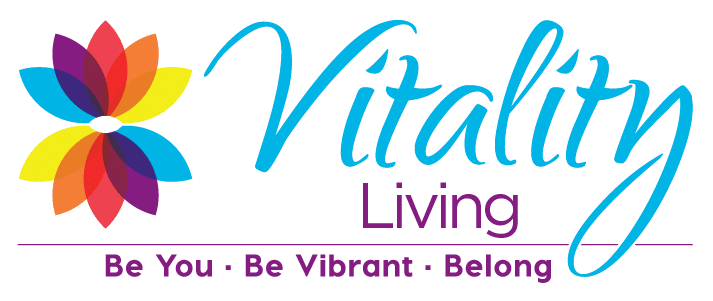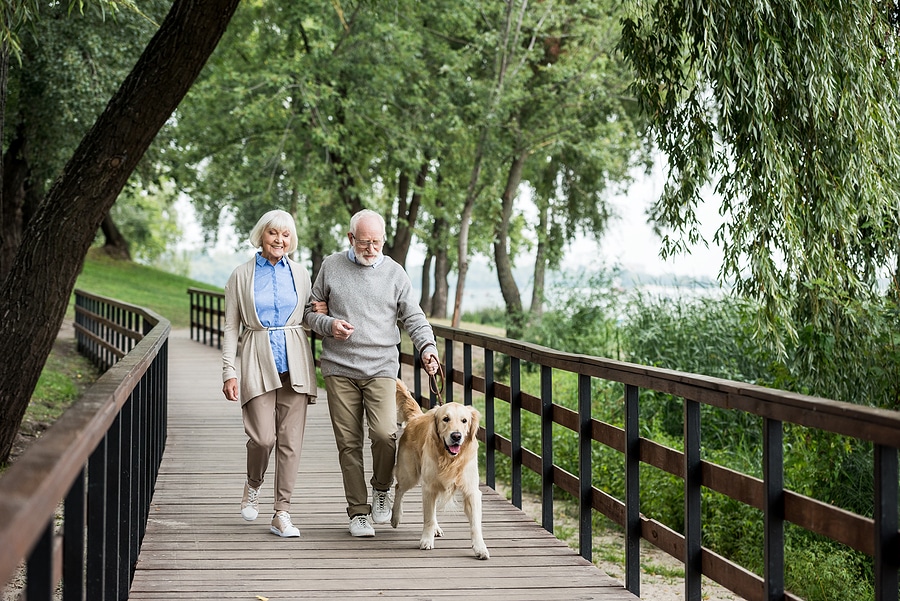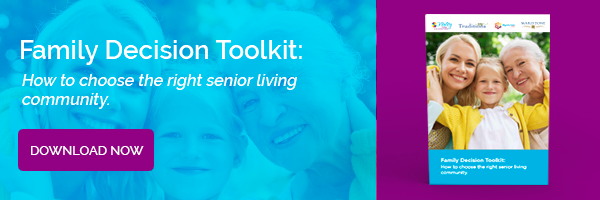Walking is one of the simplest yet most rewarding activities, and it’s a great way for seniors to stay active and engaged. At Vitality Living, we believe that maintaining an active lifestyle is essential to healthy aging. Creating a walking routine for seniors and incorporating daily strolls into your routine is a great way to support overall wellness, offering physical, mental, and emotional benefits that enhance everyday life.
Why Walking Is the Perfect Exercise for Seniors
Walking stands out as one of the most accessible and effective forms of exercise for seniors. Unlike high-impact activities that may strain joints, walking is a low-impact exercise that can be adapted to virtually any fitness level. It’s free, requires no special training, and can be done almost anywhere, from pathways to local parks or even indoors during the colder months.
Walking also provides an opportunity for social connection. One of the best things about walking is its versatility; you can enjoy a quiet solo stroll for a sense of peace or choose to walk with a friend or group to share conversation and social connection.
Health Benefits of Walking
The health benefits of walking extend far beyond what many people realize, creating positive changes throughout the body and mind. Some of the benefits of walking include the following:
Cardiovascular Health
Regular walking can help strengthen your heart by keeping your blood flowing smoothly, reducing the risk of heart disease, and supporting overall cardiovascular health. The American Heart Association recommends getting at least 150 minutes of activity every week.
Bone and Joint Health
As a weight-bearing exercise, walking helps maintain bone density, which is important for older adults to maintain as they age. It is one of the most significant benefits of walking. The gentle impact stimulates bone formation while the motion helps maintain joint flexibility.
Muscle Strength and Balance
Walking engages multiple muscle groups simultaneously, helping maintain muscle mass and strength. More importantly, walking improves balance and coordination, helping to prevent falls —one of the most serious health risks seniors face.
The Mental Health Benefits of Walking
The mental health benefits of walking are a big motivator for a walking routine for seniors. Walking triggers the release of endorphins, the body’s natural mood elevators, which help reduce feelings of depression and anxiety. Walking, especially in fresh air and natural light, creates a calming experience that lowers stress hormones and supports emotional well-being.
Cognitive Function
Regular walking supports cognitive function and may even help protect against cognitive decline. By increasing blood flow, walking delivers essential oxygen and nutrients to the brain, promoting overall brain health and mental sharpness.
Creating an Effective Walking Routine for Seniors
Developing a walking routine for seniors requires thoughtful planning that considers individual fitness levels and personal preferences. Start slowly with just 5-10 minutes of walking if you’re new to exercise, gradually adding 2-3 minutes each week. Consult with your healthcare provider before beginning, choose appropriate footwear, and select safe walking routes with level surfaces.
7 Tips for a Safe and Enjoyable Walking Experience
- Time your walks wisely: Early mornings and evenings often bring the most comfortable temperatures.
- Stay hydrated: Always carry water, especially on longer walks or during warmer weather.
- Dress appropriately: Wear layers and choose comfortable, moisture-wicking fabrics to help regulate body temperature.
- Use proper technique: Maintain good posture, take natural strides, and avoid overstriding, which can increase the risk of injury.
- Stay weather aware: Have indoor walking alternatives ready for days when outdoor conditions aren’t safe.
- Carry essentials: Bring identification, emergency contacts, and a cell phone for added security and peace of mind.
- Keep it fun: Vary your routes, walk with friends, or enjoy activities like photography or nature observation to make each walk more enjoyable.
Spring Into Action
The benefits of walking extend far beyond physical fitness to encompass mental clarity, emotional well-being, and social connection. Whether you’re taking your first steps toward a more active lifestyle or getting back into it, remember that every journey begins with a single step.
At Vitality Living, we believe that aging vibrantly means staying engaged with life in all its dimensions. Walking perfectly embodies this philosophy by offering a simple, accessible way to maintain health, build connections, and find joy in daily movement.
Ready to learn more about senior wellness? Contact us today to schedule your senior living tour and see firsthand what a vibrant life at Vitality Living can look like.



